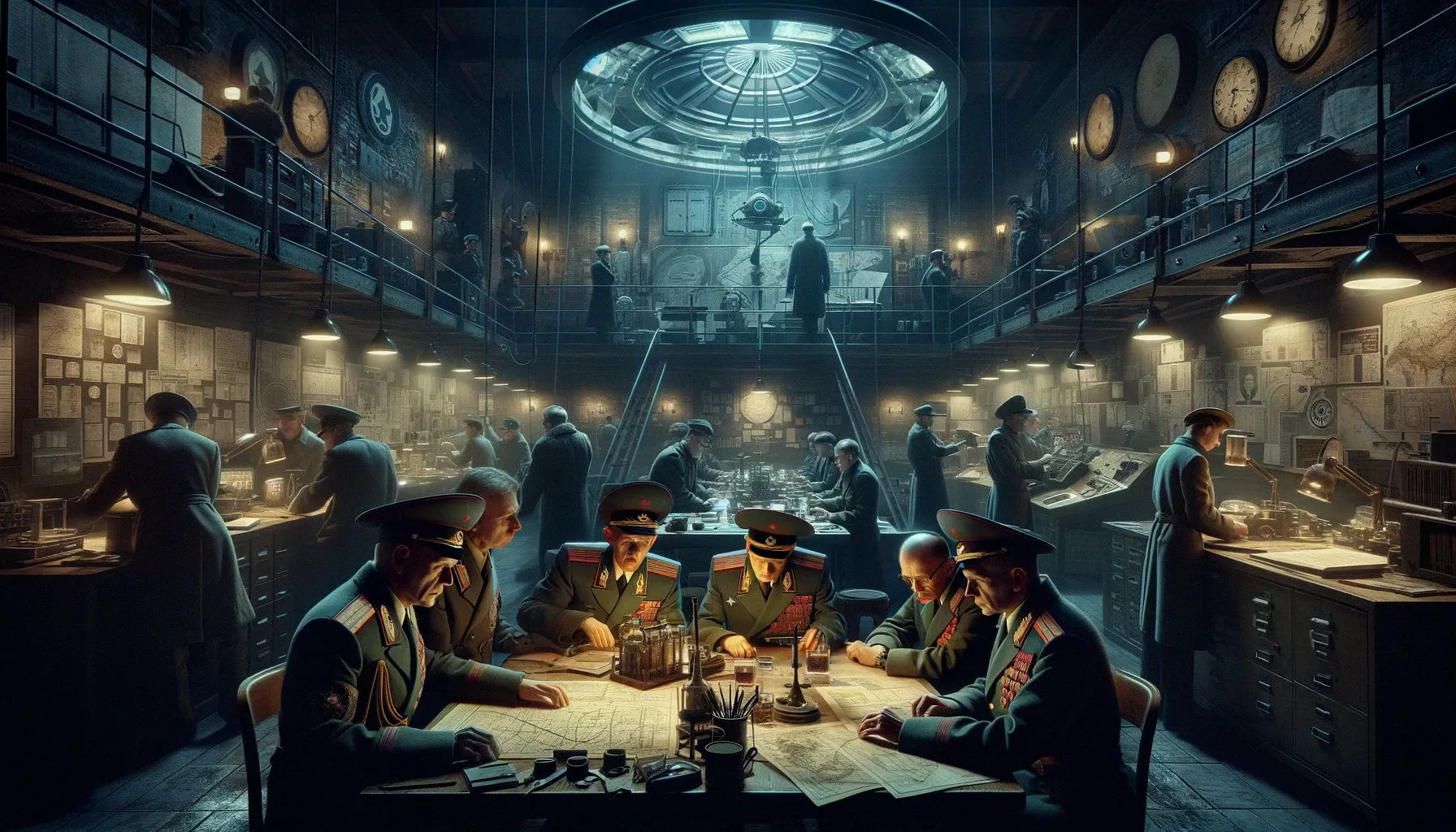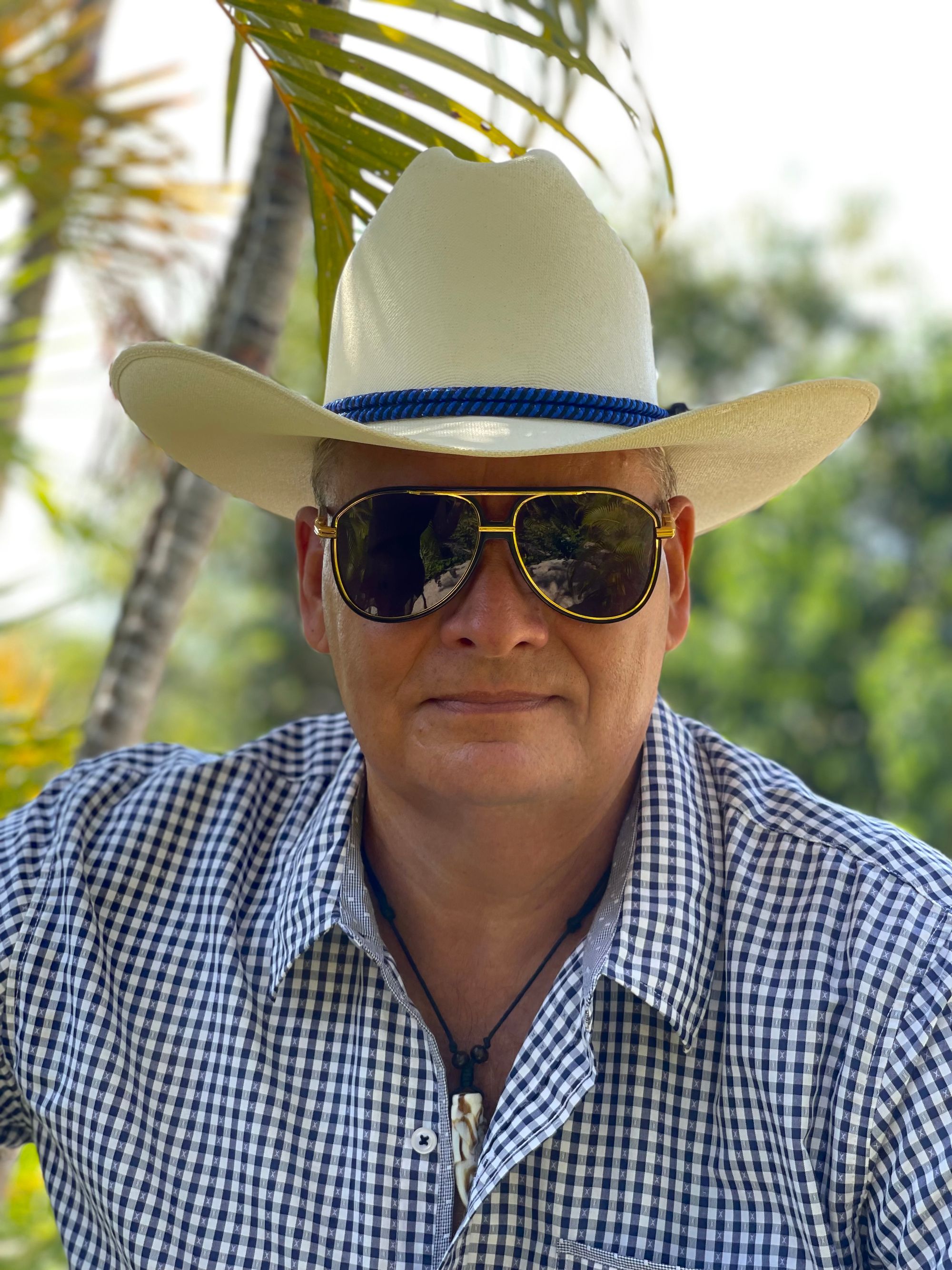The Psychic Warriors of Military Unit 10003: USSR's Secret Weapon in the Cold War Era
In the shadowy corridors of the Cold War, a secret Soviet military unit numbered 10003 (В/ч 10003) stood as a testament to the USSR's foray into the world of the supernatural. Created in 1989 under the initiative of Army General Mikhail Moiseev, Chief of the General Staff,

In the shadowy corridors of the Cold War, a secret Soviet military unit numbered 10003 (В/ч 10003) stood as a testament to the USSR's foray into the world of the supernatural. Created in 1989 under the initiative of Army General Mikhail Moiseev, Chief of the General Staff, this enigmatic unit embarked on a mission to harness human extrasensory perceptions for national defense.
As the Soviet Union crumbled and the geopolitical landscape shifted, the West, particularly the United States, was perceived as intensifying its covert operations. The Pentagon, in collaboration with the CIA, was reportedly advancing technologies for "psychic attacks" under the "Stargate Project," which aimed to employ energy-informational influence against adversaries.
Amid this backdrop, the Soviet Union, which had previously dabbled in paranormal research, felt an urgent need to protect its state head from these psychic onslaughts. Thus, the government and defense ministry sought individuals with extraordinary abilities - a super-elite capable of countering Western psychic warfare.
The unit's primary tasks were diverse and ambitious. They included preventing emergencies, locating missing persons, criminals, weapons, and ammunition depots, and healing wounded soldiers. Furthermore, the unit analyzed NATO and U.S. psi-war programs, developed their energy-informational influence techniques, and enhanced the intuitive and intellectual capabilities of its "spec-operators."
The methodology of Military Unit 10003 was grounded in various supernatural achievements from Siberian, Tibetan, Altai, and Asian cultures. This multi-faceted research was conducted in secrecy by prominent Soviet scientific and academic institutions, including the Ministry of Defense and the Big and Medical Academies of Sciences.
Colonel A.Y. Savin, a distinguished military specialist and anthropo-phenomenologist, spearheaded the state programs against potential adversaries in the psychosphere. His team, which did not include known psychics, worked on developing officers' creative potential and extrasensory abilities.
The unit, shrouded in the highest secrecy, was known only to a select few, including General Moiseev. Its headquarters, initially located near the Kropotkinskaya metro station, expanded to various military and civilian institutions.
Soviet Finance Minister Valentin Pavlov actively patronized the unit, funneling four million dollars annually into its covert operations. These funds were allocated secretly and continued until 2003.
Contrary to popular belief, Savin's methodology posited that any ordinary person could develop unique abilities through specialized training. Hundreds of officers underwent this training, which enhanced their cognitive capabilities and physical resilience.
The unit's accomplishments were significant. They predicted an impending explosion at a nuclear facility in Glasgow, averting a potential environmental disaster in Europe. Additionally, they foresaw an earthquake in Kamchatka and proposed solutions to the conflict in the Caucasus, although their recommendations were not heeded, leading to a military crisis in Chechnya.
By 1997, the unit's status was elevated, reflecting its effective work during the Caucasus conflict. However, in the early 2000s, the process of declassifying some of its methodologies began, gradually adapting them for civilian use.
In 2003, Military Unit 10003 was officially disbanded, marking the end of a remarkable chapter in military history. The unit not only saved the nation from potential ruin but also laid the foundation for psychological training techniques still used today. This secret project, born out of a critical moment for the country, remains a fascinating yet little-known aspect of Cold War history.




